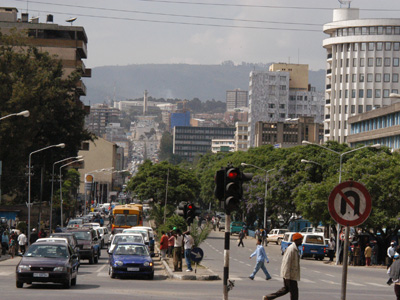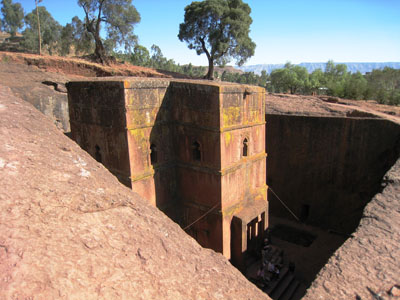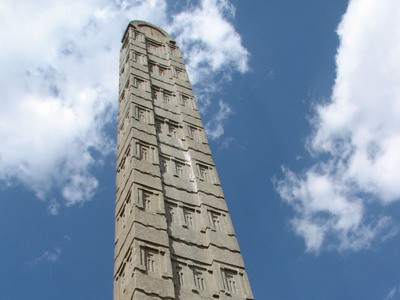Religion: Islam
Islam In Ethiopia
Islam arrived early in Ethiopia. In 615, The Prophet's wife and cousin, as well as Prophet Mohammed’s earliest followers (the “Assabs”) sought refuge at Axum (Aksum). This group was fleeing from Mecca's leading tribe, the reactionary Kuraysh, who sent emissaries to bring them back to Arabia, but the Negus Armah protected them. They were accepted and allowed to flourish under the protection of the king of Axum. In appreciation of this, the Prophet himself instructed his followers to respect and protect Ethiopians. There is an injunction in the Koran against violence by Muslims directed at Ethiopia.
Hence, there were Ethiopian Muslims even during the lifetime of Prophet Mohammed. Most of Ethiopia's Muslims are Sunnis, members of the largest sect of Islam. An influx of immigrants and traders from Oman and Yemen during the following centuries increased the number of Muslims in Somalia, Eritrea and what is now Ethiopia.
In the coastal areas, Islamic law gradually took root, and by the fourteenth century it was the basis for the official juridical code of some regions. This reflected political realities; most of the inhabitants of these eastern regions were now Muslims.
Their coexistence with Christianity was not always an easy one, and the sultans who ruled over parts of Ethiopian territory sometimes came into open conflict with the Christian kings.
Yet, historians generally agree that the Muslim sultans in Ethiopia were tolerant of their Christian subjects; forced conversions were rare.
In 1668, an imperial decree was issued declaring that the Muslims (Jabarti) and Jews (Felasha) of Gonder would henceforth have to live apart from Christians, but they were allowed to practice their religion freely in their own quarter. Religious squabbles did not end there, but by the nineteenth century peaceful conditions were established which finally placed religious differences on a level secondary to peace and the popular interest.
Political conflicts between Ethiopia and Somalia, and, more recently, between Ethiopia and Eritrea, are not based on religious differences per se.
Its Muslim Arab population has never been large, but Ethiopia has had historically close contact with Yemen and the Asir region of Saudi Arabia. Most of the Ethiopians in these countries are Muslims. Estimates vary, but from 40 to 50 percent of Ethiopia's population is Muslim.










